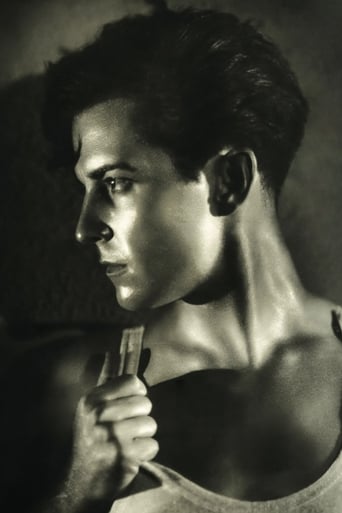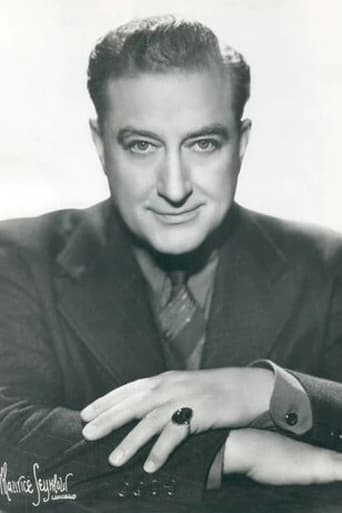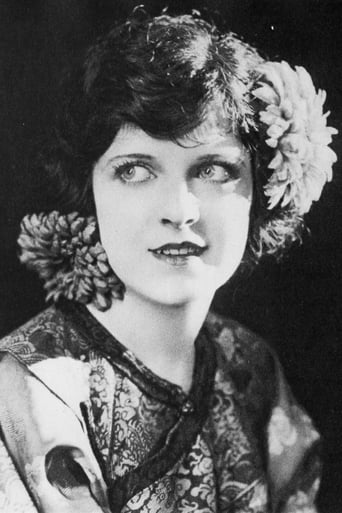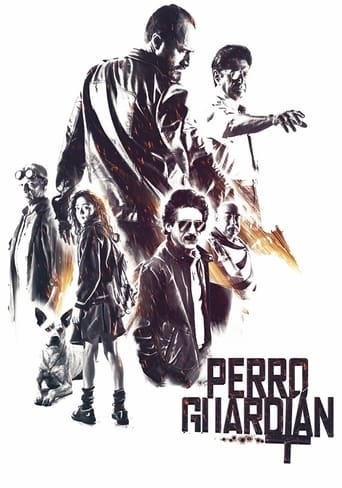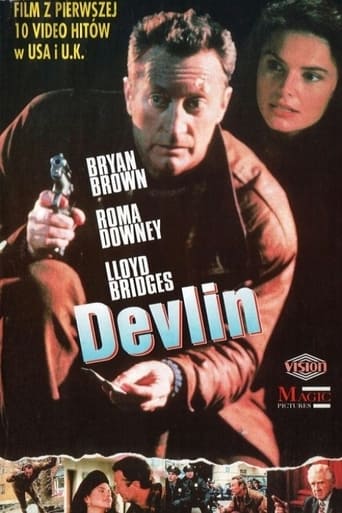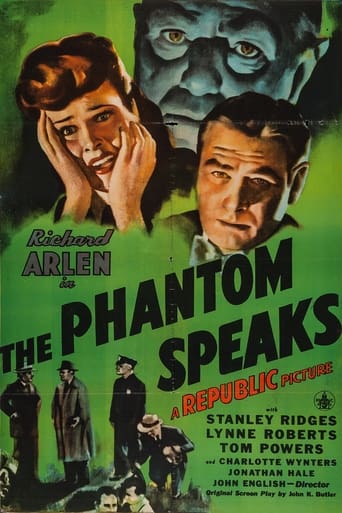
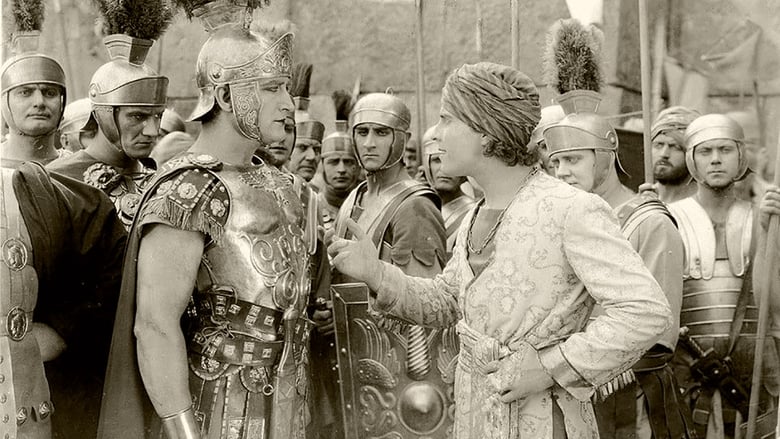
Ben-Hur: A Tale of the Christ (2015)
Erstwhile childhood friends, Judah Ben-Hur and Messala meet again as adults, this time with Roman officer Messala as conqueror and Judah as a wealthy, though conquered, Israelite. A slip of a brick during a Roman parade causes Judah to be sent off as a galley slave, his property confiscated and his mother and sister imprisoned. Years later, as a result of his determination to stay alive and his willingness to aid his Roman master, Judah returns to his homeland an exalted and wealthy Roman athlete. Unable to find his mother and sister, and believing them dead, he can think of nothing else than revenge against Messala.
Watch Trailer
Cast
Similar titles
Reviews
Too much of everything
Sick Product of a Sick System
It's easily one of the freshest, sharpest and most enjoyable films of this year.
All of these films share one commonality, that being a kind of emotional center that humanizes a cast of monsters.
The success of this movie rests squarely on the shoulders of the leading man. In this case, those shoulders are totally – and by totally I mean 95% – inadequate. From our first glimpse to the last, Ramon Novarro is an inescapable liability. He doesn't look the part. Worse, he acts against the part. He is weak when the script demands he be strong. He is moonie when he is required to be decisive. He is supine rather than charismatic, impotent rather than forceful, delicate rather than robust. He is an absolute dead loss throughout the whole movie, except oddly for one sequence. Surprisingly, he handles the galley-slave scenes with vigor, dignity and guts. He's perfect in these scenes, but a liability everywhere else. You should see the flippy way he holds the reins from his chariot. There's Francis X. Bushman whipping his horses into a frenzy, and what's pallid little Novarro doing? He's namby-pambying along at about two miles an hour, showing not the slightest signs of sweat or exertion, while the other charioteers are kicking up dust all around him. "What, me worry?" he seems to be saying. "Let the stunt men do all the work. And anyhow, every man, woman and child in the audience knows this race is fixed anyway!" Presumably, the galley scenes were not directed by easygoing Niblo but by someone like Brabin or Ingram with a bit more authority.Otherwise, the movie is a blend of good, bad and indifferent. It is good to see Joseph depicted as an elderly man, but somewhat odd to see someone ask him if he is "Joseph of Nazareth?" And even more peculiar to see him answer in the affirmative. How could he possibly be Joseph of Nazareth? The title-writers have just gone to a great deal of effort to tell us he is "Joseph of Bethlehem". The movie then repeats the canard that the wise men visited the Child at the stable (here converted into a cave) even though Luke makes quite an issue of the fact that the wise men actually arrived much later, after the Divine Family had settled into a "house". Normally, the introduction of a strong, charismatic hero at this stage would soon make an audience forget such piddling points (as indeed is the case in the remake with Charlton Heston). But, as said, the disappointing excuse for a hero presented by weak-as-water Novarro only draws more attention to other script defects. Fortunately, director Fred Niblo was blessed with supporting players, led by Francis X. Bushman and Nigel De Brulier who do their best to focus the audience's eyes elsewhere. In fact, Niblo adds lots of clever little touches that Wyler didn't dare repeat, like the extra woman who sneers at the jubilant Jewish bible-basher who feels that prophecies are being fulfilled; and the naked girls who strew flowers along the road for the Roman conquerors; and the soldiers who rip the bodice from a bystander just for the hell of it; and the slimy, contemptible Jewish apple vendor who browbeats a venerable old man for stealing one of his apples. Yes, in many respects, the script is much stronger in this version. Sheik Ilderim (poorly enacted and obviously false-bearded here) is still a weak link, but Simonides (superbly played by Nigel De Brulier) is much stronger and helps disguise the over-enthusiastic May McEvoy (whose super-animated Esther is still far preferable to the nothing performance contributed by Haya Harareet). On the hand, the Messala role is not as cleverly built up as in the Wyler version. Mind you, Bushman makes a great impression nonetheless. Frank Currier also impresses as Quintus Arius, although he is not given all the flattering camera angles and extra footage accorded Jack Hawkins. Yet on the whole the galley scenes are far more awesome in this version than in the remake where it is often obvious that miniatures are being used. In this 1925 version, not only do all the ships look real, but the boarding and ramming sequences are ten times more horrifying. Although as in the remake, her appearance is brief, Mary is beautifully played here by Betty Bronson. True, she doesn't look the slightest bit Jewish, but Betty gives such a luminous performance that the word "discrepancy" simply doesn't figure at all.
A Jewish prince seeks to find his family and revenge himself upon his childhood friend who had him wrongly imprisoned.Film critic Kevin Brownlow has called the chariot race sequence as creative and influential a piece of cinema as the famous Odessa Steps sequence in Sergei Eisenstein's "The Battleship Potemkin", which introduced modern concepts of film editing and montage to cinema. This scene has been much imitated. It was re-created virtually shot for shot in the 1959 remake, copied in the 1998 animated film "The Prince of Egypt", and more recently imitated in the pod race scene in the 1999 film "Star Wars: Episode I – The Phantom Menace" which was made almost 75 years later.Strangely, the 1959 version is generally considered the definitive version, or more often people do not even realize an earlier version exists. But I dare say this is actually the superior version. With a good score, this is exciting and adventurous -- sword fights, the chariot race, and an interesting approach to Judeo-Roman history.And, even more startling, if it is true that all those future stars appeared in the film as uncredited extras, this may be the most star-studded film of the 1920s.
This much lesser-known version of the Ben-Hur story from 1925 was the most expensive silent film ever made and benefits greatly from MGM's ability at the time to make films that looked amazingly grand and epic and still somehow manage to today. Even after seeing William Wyler's 1959 version and even with the advancements of modern CGI, the 83 year old "Ben-Hur: A Tale of the Christ" still looks unbelievably impressive with its massive sets and thousands of extras.The mythos that has surrounded "Ben-Hur: A Tale of the Christ" among film buffs over the years has reached a status almost as grand as the film itself. The deaths, bribes, and other stories surrounding the movie and in particular the famous chariot race sequence do nothing to detract from the film (although they do distract one from it) but instead increase one's fascination with the production. I'm not sure if there are any comprehensive books written on the film but I must seek one out eventually.The story doesn't need to be discussed because everyone knows it. It's an entertaining story that's really quite hard to do wrong and this movie is more entertaining and exciting than any other version I've seen. The theatricality demanded from silent film enhances the nature and feel of the story.This film was directed by Fred Niblo, famous for the Douglas Fairbanks vehicles "The Mark of Zorro" and the inferior "The Three Musketeers" and also director of several memorable silent films such as Greta Garbo vehicles "The Temptress" and "The Mysterious Lady" as well as "The Red Lily", an absolutely brilliant film by 1924 standards that is sadly hard to get a hold of (except on Turner Classic Movies which shows it on occasion). Niblo lost his way in the sound era but is on top form here directing this massive production. Of course, the chariot race deserves all its fame and recognition and remains exciting, vibrant, and captivating to this day.The restoration on the DVD released in the four-DVD set released in celebration of the 1959 film is spectacular as usual from the Turner team with the original (and well-chosen) tints and the exceptional Technicolor sequences restored. The film is in the public domain so I expect there must be some form of cheap black & white only copy which I urge anybody reading this to avoid watching. Another reason to watch this restored version is the terrific score by Carl Davis performed by the London Philharmonic orchestra.As good as William Wyler and Charlton Heston are, I'll take this Fred Niblo and Ramon Novarro over the 1959 version any day. A thrilling, captivating silent epic and one of the great silent American films. 9/10
Ramon Novarro (as Judah Ben-Hur) grows up in Judea, around the same time as Jesus Christ. A wealthy Jew, Mr. Novarro maintains his princely lifestyle, despite the Roman occupation of his land. After a number of years, Novarro encounters old friend Frances X. Bushman (as Messala), a Roman. Novarro soon discovers that politics does not, in this case, make strange bedfellows; as Mr. Bushman is the steadfast leader of the occupying Roman forces. Soon, political and religious upheavals threaten Novarro's earthly existence Epic "state-of-the-art" perfection, from Fred Niblo and the new MGM company. Despite production setbacks (the film commenced in 1923), and several personnel changes, the silent "Ben-Hur" emerged, at last, triumphant. It's a worthy treatment of Lew Wallace's highly successful novel; and, importantly, it treats Christianity with a respectful reverence not present in other Biblical epics, which attempt to dramatize faith-based religious events.Novarro's characterization is extraordinary; at this point in his career, it's difficult to say where the line between instinctive subtly and wise direction is drawn. However he learned, Novarro's range is clearly evident, and career sustaining. And, happily, he looks like a young "Judah". The close-ups during his initial scenes with Bushman, and the color filmed re-emergence from slavery are outstanding. The film's use of black-and-white, tinted, and color film is perfect; it helps to set moods, without ever jarring.The character "Messala", played by veteran Bushman, is the story's villain. The drama is centered on the dissolution of a past friendship between Novarro's "Jew" and Bushman's "Roman". Bushman's relative age, and ghostly looking eyes, help make him look menacingly evil. Novarro's relative youth invites some questions about his past friendship with the older Bushman; Novarro's naivety suggest the characters may not have shared the same point of view, after all, regarding their relationship.The "leading ladies" are neither as good, nor as appropriately cast as, Haya Harareet in the 1959 re-make. This version does boast a swell parade of bare-breasted women (and bare male buttocks). Also standing out, among the fine supporting players, are Claire McDowell's "Mother Hur" and Mitchell Lewis' "Sheik Ilderim". The spectacular "sea battle" was not bested by the 1959 re-make, but the "chariot race" was either matched, or surpassed. The entire cast and crew had every reason to be proud of the completed "Ben-Hur." Both the 1925 and 1959 versions of "Ben-Hur" are essential viewing.Novarro and Bushman deservedly won special "Golden Globe" awards during the 1959 film season; almost certainly, these awards acknowledged their lead and supporting roles in the original version of that year's big award winner. ********** Ben-Hur (12/30/25) Fred Niblo ~ Ramon Novarro, Frances X. Bushman, May McAvoy, Claire McDowell
